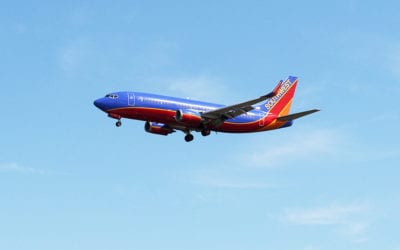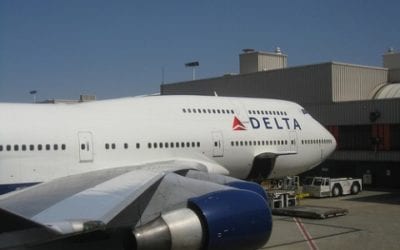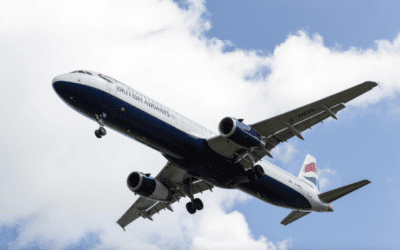The Transportation Safety Administration (TSA) has announced they have reached an agreement with the European Union, that TSA and the Directorate-General for Energy and Transport (DG-TREN) will screen at least 50% of all air cargo in the US and EU carried by passenger planes, by February, 2009. This will significantly enhance the safety and security of passenger flights in both the US and Europe.
The agreement, which plugs a massive hole for the safety and security of commercial airline passengers, came about at the Eleventh Meeting of the European Union and United States Transportation Security Cooperation Group at the end of September, which was made public late last month. The agreement was in large part a response to the 9/11 Commission Recommendations Act, signed into law last year by President Bush, which among other things requires that all cargo on passenger flights be screened by the end of 2010.
TSA and DG-TREN further agreed to cooperate to screen 100% of all cargo hauled on passenger flights by February, 2010. The agreement covers all flights between the US and EU. Each agency will also be screening all domestic passenger flight cargo in the US and EU respectively.
While cargo planes carry 93% of the 27 billion pounds of air freight now flown in the US, passenger planes still carry an astounding 250 million freight packages weighing almost 1.9 billion pounds. Screening this freight will be one of the first major concrete improvements in air passenger safety and security implemented in quite some time in the US.
As reported in USA Today, most of the screening will be completed by the more than 12,000 companies which transport freight from manufacturing plants to airports. These “freight forwarders” will screen the packages via X-ray machines and explosive sensors, where they are repacked into large freight containers suitable for air transport, prior to being hauled to the airport. In some cases, large manufacturers such as Dell, Inc. will screen boxes in their factories which they load directly into sealed air shipping containers. This is necessary as there isn’t nearly the required space, nor the personnel, necessary for such massive screening at the airports themselves.
The screening process actually began this past summer in a volunteer air cargo screening program. I have little doubt, however, that in order to accomplish this screening on the massive scale required by the 9/11 Commission Recommendations Act, large manufacturers and all freight forwarders will be required to screen their passenger aircraft cargo in the future.
The historic agreement between the US and EU includes an agreement to synchronize air cargo security on both sides of the Atlantic. TSA and DG-TREN have pledged “to continue productive collaboration, including the ongoing exchange of classified technical information, with the aim of developing common technical standards for detection technologies and related security measures.”
After many years working in corporate America as a chemical engineer, executive and eventually CFO of a multinational manufacturer, Ned founded a tech consulting company and later restarted NSL Photography, his photography business. Before entering the corporate world, Ned worked as a Public Health Engineer for the Philadelphia Department of Public Health. As a well known corporate, travel and wildlife photographer, Ned travels the world writing about travel and photography, as well as running photography workshops, seminars and photowalks. Visit Ned’s Photography Blog and Galleries.



